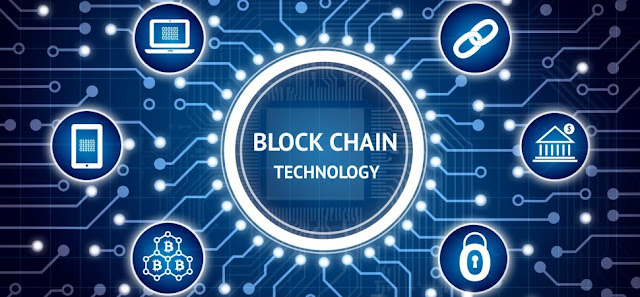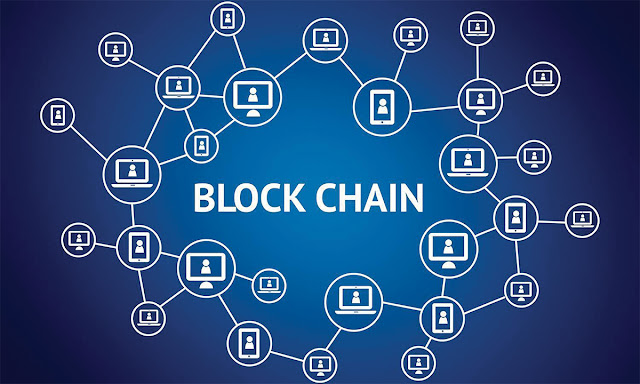Artificial intelligence is complex, and there are multiple ways to approach an AI initiative. I like to think of AI as a jigsaw puzzle. There are multiple pieces (AI phases) that are dependent on each other in order to realize the picture, and with every piece you get closer to the end goal (business insights). Jigsaw puzzles are hardly as simple as they seem and seeing the overwhelming number of pieces thrown together in the box can be daunting. AI is similar. Whether AI or puzzles, it’s easier if you have a map to guide you.
Data, Train, Inference (DTI) workflow: the three pieces of the AI puzzle
AI is exciting. Many organizations are embarking on AI journeys for their first time, and it isn’t always simple. Last year, to help guide clients, the Data-Train-Inference (DTI) model was introduced. Before diving into specifics, it is important to know that the DTI model is not a linear workflow. It is a continuous loop consisting of three stages that interact at all times. And because the process is ongoing and continually being refined, the insights extracted are rich and valuable.
So, what are the pieces of the AI puzzle? As its name suggests, the DTI model has three main puzzle pieces: Data, Train, and Inference.
◉ Data – the build-a-solid-foundation piece. Not starting with a solid data foundation will send you down the wrong path before you’ve even started.
◉ Training – the piece where the magic of artificial intelligence occurs; where data becomes AI models.
◉ Inference – the piece that is really the sum of all the parts. Without proper inference, all prior efforts are for naught.
To complete your AI puzzle and reach success, it is necessary to have the right pieces of infrastructure to support each stage in the AI workflow. So how does the DTI model map to the IBM Power Systems hardware portfolio? For training, there’s IBM Power System AC922 packed with up to six NVIDIA V100 Tensor Core GPUs, engineered to be the most powerful training platform. But what about inference and data?
Meet the IBM Power System IC922 – a new inference server for your AI lineup
Today, I am pleased to share with you the new IBM Power System IC922, a purpose-built inference server designed to put your AI models to work and help you unlock business insights. Accelerated, Power IC922 supports up to six NVIDIA T4 Tensor Core GPU Accelerators and IBM intends to support up to eight NVIDIA T4 Tensor Core GPU accelerators and additional accelerator options. This allows clients to leverage the inference accelerator that best suit their needs with flexibility. Power IC922 uses optimized hardware and AI software to deliver the necessary components for AI inference whether in a central data center or in a distributed data center closer to the sources of data. The Power IC922 is modular and can scale with business needs.
Storage-rich with 24 SAS/SATA storage bays (future NVMe support intended), Power IC922 also fits neatly into the Data phase to help clients build a solid data foundation. Additionally, leveraging the advanced IO architecture and data throughput in Power IC922 can allow for rapid response requests needed in AI puzzles. Power IC922 is configurable, so whether you are looking for a data server or an inference server, Power IC922 offers a needed piece to your AI puzzle.
To showcase how the IC922 fits into the AI puzzle, the Department of Defense High Performance Computing Modernization Program (HPCMP) recently demonstrated how the IC922 and AC922 could be combined into a modular computing platform, creating an IBM POWER9-based supercomputer in a shipping container. This modular computing capability, initially installed at the U.S. Army Combat Capabilities Development Command’s Army Research Laboratory DoD Supercomputing Resource Center, will enable the DoD to redefine the term “edge” to include deployment of an AI supercomputing capability anywhere in the world, including the battlefield.
Source: ibm.com




















